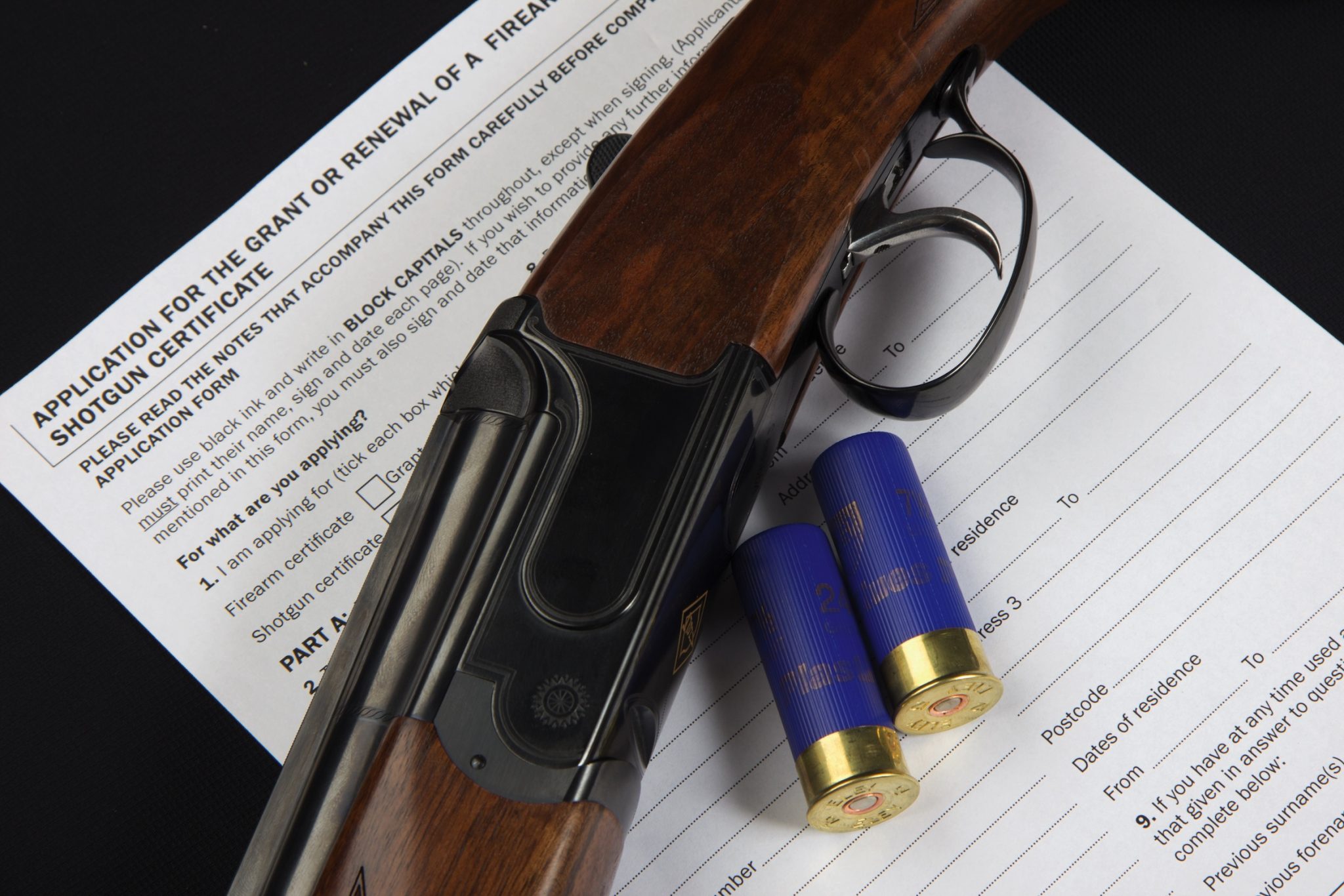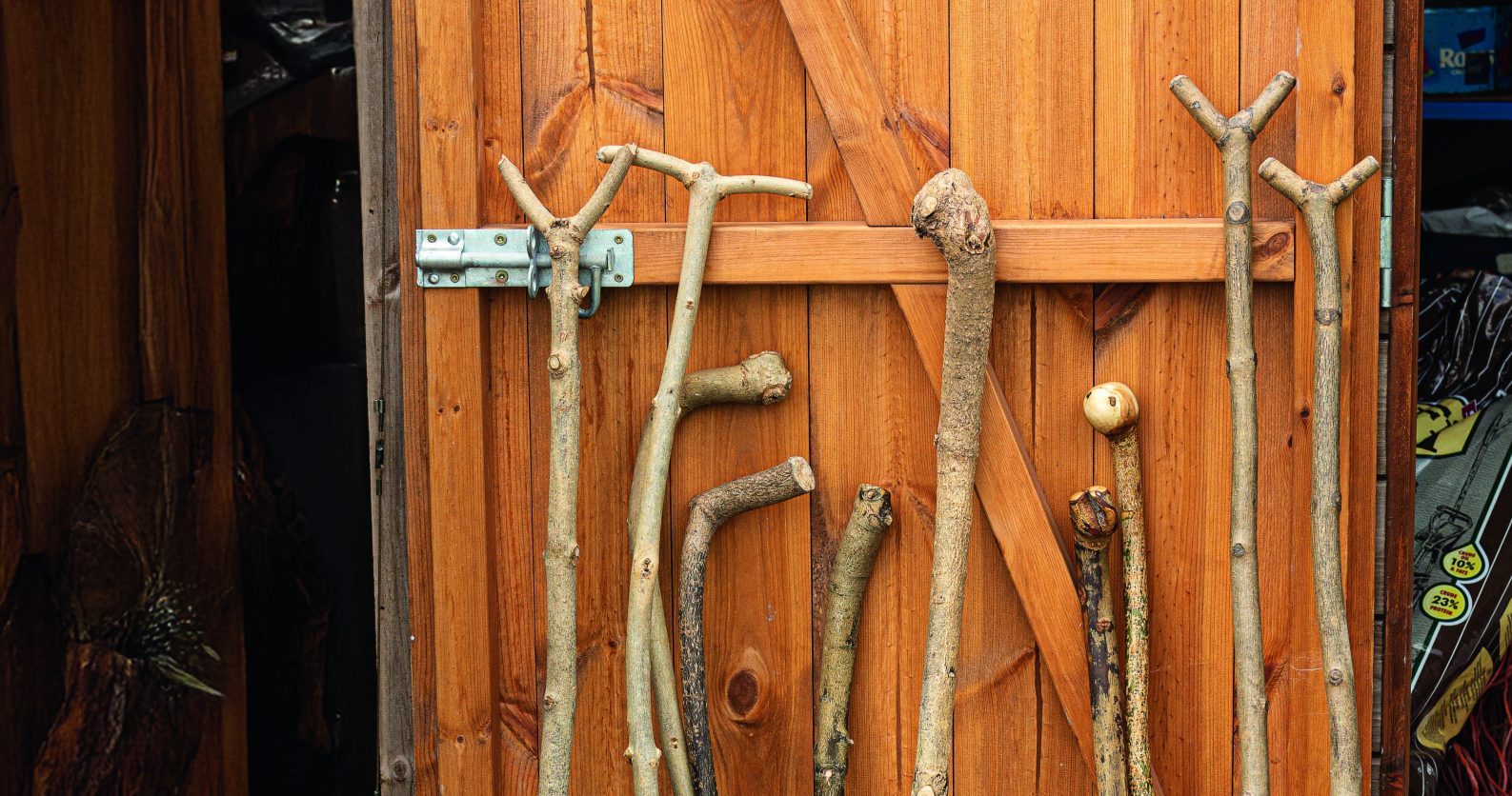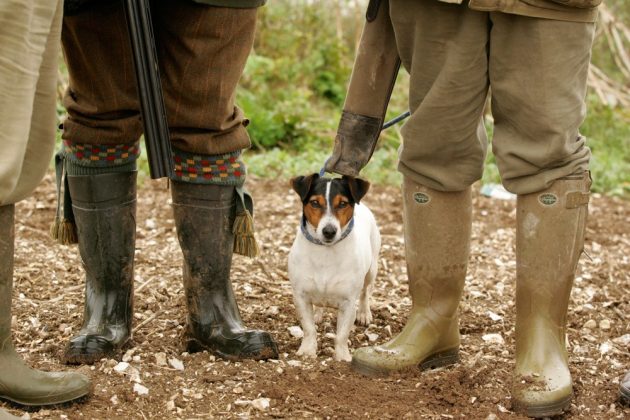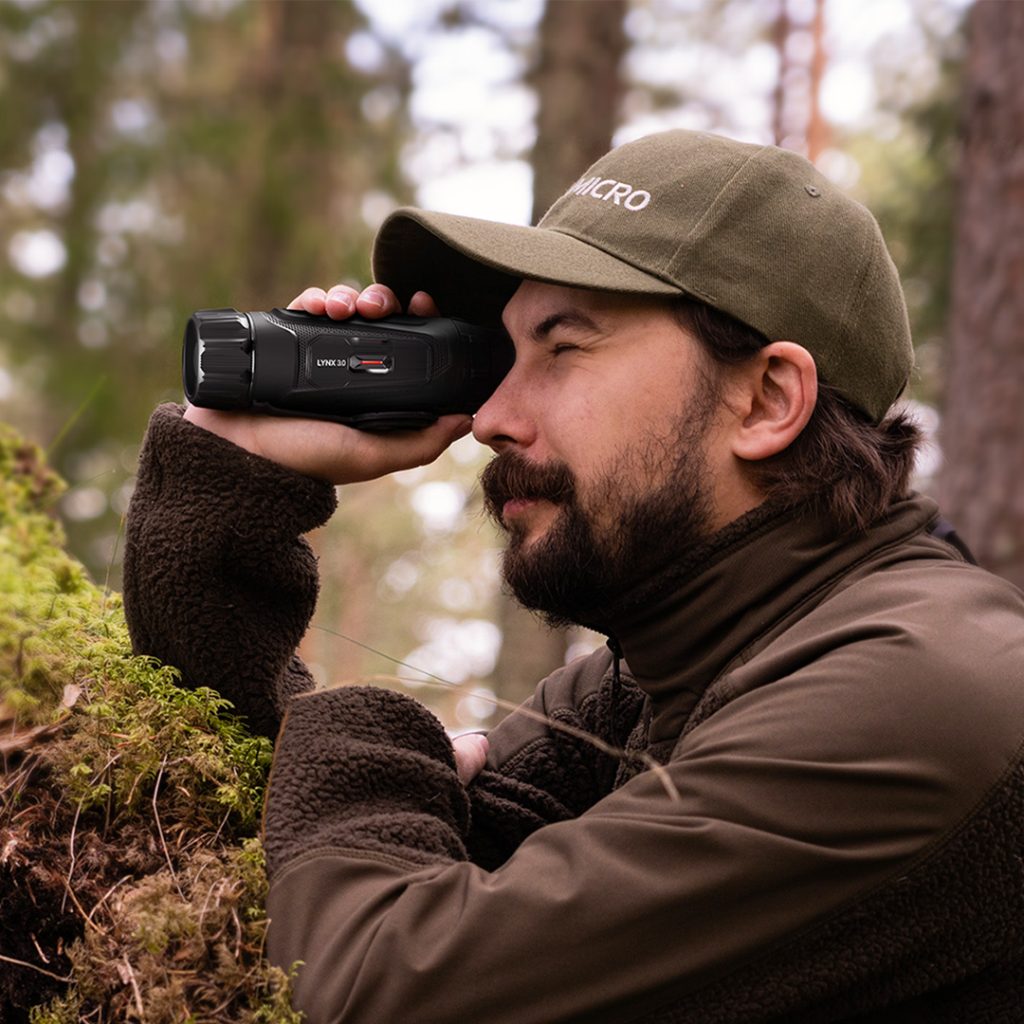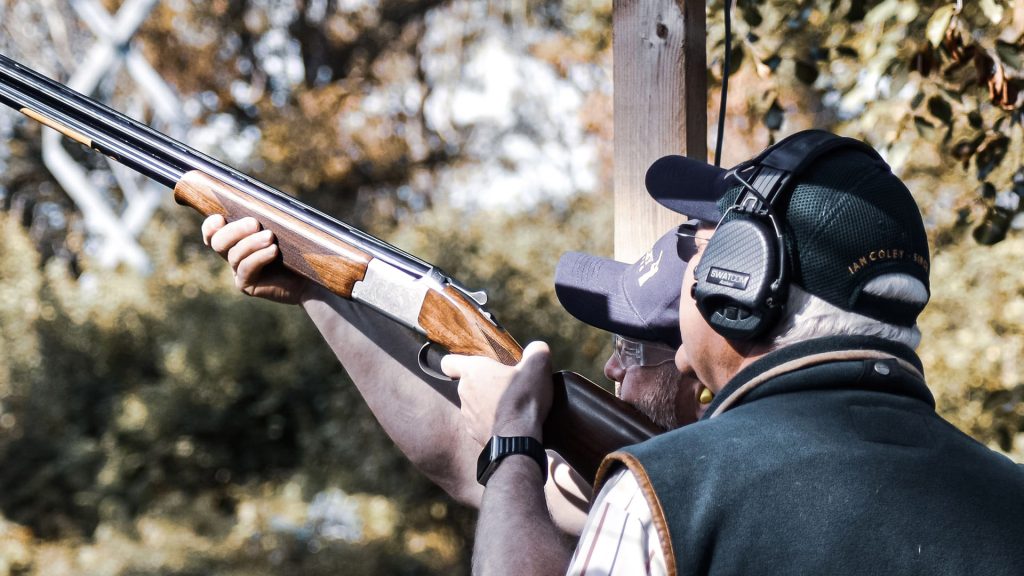Win CENS ProFlex DX5 earplugs worth £1,149 – enter here
We review the best scopes for under £350 – which was the winner?
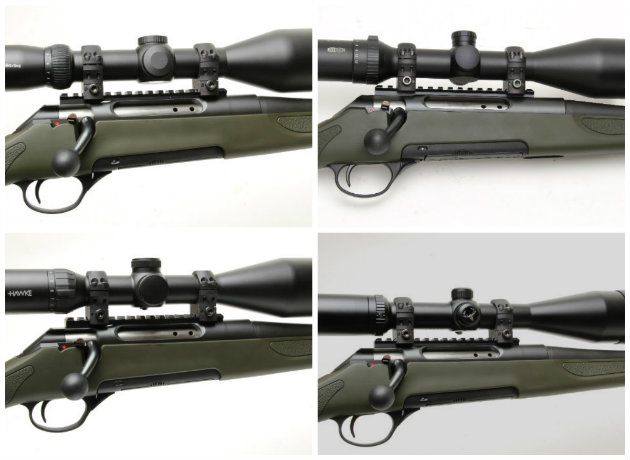
The 3-12x56mm scope, with its good range of magnification settings and 56mm objective lens size allowing plenty of light to enter the scope for low-light situations, is ideal for a wide range of hunting and target situations, whether that be vermin control, foxing or deer management. Three of the four scopes here come in at less than £350 and I also tested a premium-priced scope, to gauge the difference and see what you get for paying the extra.
Whether you require a smaller objective lens to fit lower to the rifle; you need a broader magnification zoom range; or if parallax adjustment is more important to you, it is worth bearing in mind that there will be a variant of the 3-12x56mm to suit your needs. Nikko Stirling has brought out a new 3-12x62mm scope, aimed at those who really want extra light-gathering, for example.
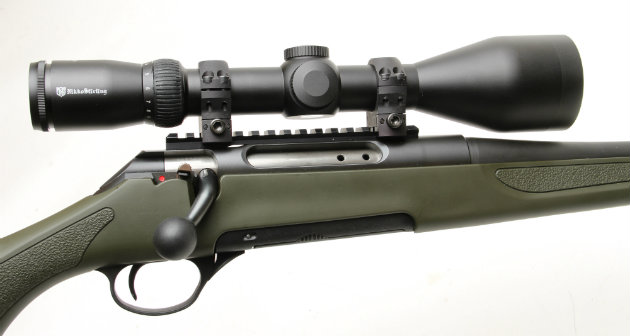
Nikko Stirling Diamond
Nikko Stirling Diamond 3-12x56mm
£256.95
Supplier: Highland Outdoors
Tel: 0845 099 0252
Weight: 680g
Design and handling 3/5
A sturdy scope, 13.5in long with a main tube diameter of 30mm, a thick aluminium body and a black satin finish. Magnification range is clearly marked with each power and adjustment is anti-clockwise, with a soft rubber adjustment ring that is smooth and silent.
Click adjustment and field of view 3/5
Windage is graduated from 1-14 with each click representing ¼in movement at 100 yards and a total of 8.5 full turns per turret. Field of view is 12.3m to 3.1m at 100m, which is standard for this power range.
Lenses and reticule illumination 3.5/5
ETE Microlux coating reduces lens flare and reflections, which translates into brighter, sharper images. A side-mounted illuminated turret is marked from 1-5, 1 being low intensity and 5 being bright. The reticule can be illuminated either red or green depending on your hunting situation. The No.4a reticule has a floating, central aiming dot.
Tracking, zoom accuracy and optical quality 3/5
Tracking has clear audible click adjustments and shooting the box indicated slightly over
¼in per click.
The zoom shift of zero from 3-12x magnification at each setting was slight
and had minimal movement, indicating
a good supported erector tube inside. For the price you have a very clear edge-to-edge image with a good natural colour rendition and no aberrations around it. In low light the performance is still good.
Verdict: This scope is quite heavy but well built and has a very good illumination system and fine reticule.
Total score 12.5/20
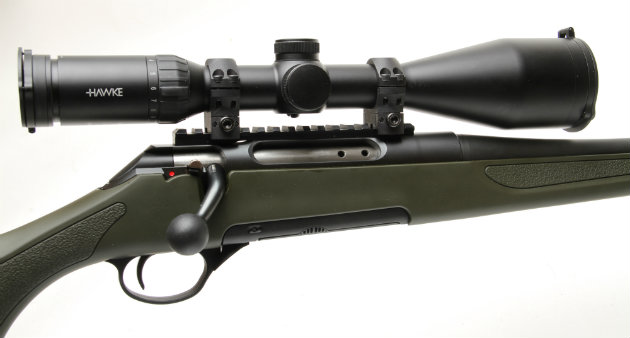
Hawke Endurance 30
Hawke Endurance 30 3-12x56mm
£349.99
Supplier: Deben Group Industries
Tel: 01394 387762
Weight: 659g
Design and handling 4/5
Scope measures 14¾in with a mono-tube aluminium construction, a 30mm-diameter tube and satin black anodised finish. The objective lenses are protected by metal flip- up covers. The magnification is a high-torque design to stop movement under recoil; it is stiff but smooth, having a raised rubber zooming ring.
Click adjustment and field of view 3.5/5
Windage adjustment turrets are clearly marked and click into place instantly and securely. There is a serrated edge to aid grip. Windage is graduated from 1-14 with each click representing ¼in movement at 100 yards and a total of 7.5 full turns per turret. Field of view is 10.8m to 2.8m at 100m, so less than the others.
Lenses and reticule illumination 4/5
Fully multi-coated lenses with 16 individual layers to maximise light-gathering for a sharp image. The reticule is another 4a type with a floating central dot and two additional stadia on the vertical post. This gives additional aiming points for bullet drop compensation. A side-mounted illumination turret with a stepless rheostat (variable resistor) control allows you to set the correct illuminated dot for the lighting conditions you are hunting in.
Tracking, zoom accuracy and optical quality 3.75/5
Tracking is precise; each ¼in click is perfect and the high-torque construction stays zeroed at all magnifications. The lenses deliver sharp, bright and edge-to-edge clarity at all magnification settings. Images at low light are impressive.
Verdict: A great all-round scope for the price. The reticule has extra aiming marks and the illumination is clear.
Total score 15.25/20
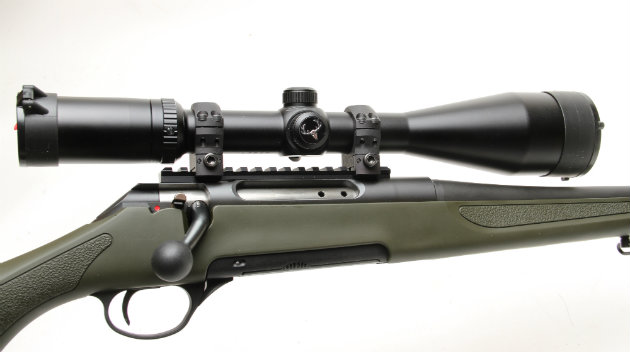
Bushnell Trophy XLT
Bushnell Trophy XLT 3-12x56mm
£331
Supplier: Edgar Brothers
Tel: 01625 613177
Weight: 567g
Design and handling 3/5
Quite long at 16in but lighter with a one-piece anodised black aluminium body tube, 30mm in diameter, allowing a good adjustment range and strength. Butler Creek pop lens covers supplied as standard.
Click adjustment and field of view 3/5
Elevation and windage have a ¼in per click adjustment at 100 yards with a recessed slot for turning, which is a bit fiddly. Marked from 1 to 14 means you have 14in of adjustment from one full turn, a total number of 6.5 turns for elevation and 4.5 turns for windage, making it limited. Field of view is 12.7m to 3.4m at 100m.
Lenses and reticule illumination 4/5
Multi-coated lens system with good edge-to-edge sharpness. The reticule is a No.4a illuminated dot-type with thicker posts and a smaller fine cross-hair central section. The floating centre dot is clear when illuminated. The illumination turret has a 1-11 position setting increasing in brightness with turn-off points in between for fast access to preferred settings.
Tracking, zoom accuracy and optical quality 4/5
The erector tube is well supported, so tracking up/down and left/right is positive with no discernable drift. The zoom test from 3x to 12x proved equally accurate. Optically it is very good, being bright and clear and delivering a flat image with no curvature. In daylight it performed the same as the Hawke and Nikko, but when it turned darker low-light performance was slightly better.
Verdict: Quite large. Good flip-up lens covers and good optically especially in lower light conditions. The adjustments are a bit fiddly to use, though they are precise.
Total score 14/20
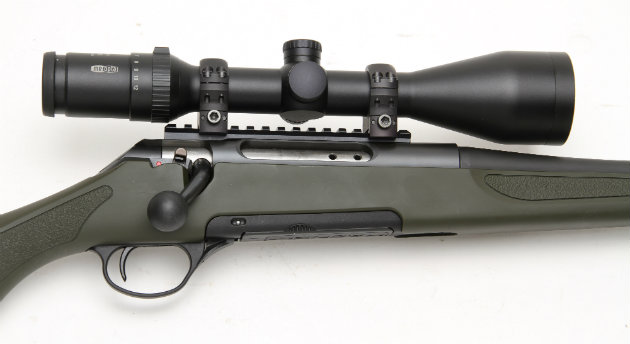
Meopta Meostar R1r
Meopta Meostar R1r
3-12x56mm
£1,225
Supplier: Viking Arms
Tel: 01423 780810
Weight: 650g
Design and handling 4/5
Feels very well built compared with the other scopes at 650g but still has a one-piece aluminium body of 30mm diameter and is 14.6in long. The zoom ring is very smooth with a raised spur for easy graduation between magnifications.
Click adjustment and field of view 4/5
Low-profile turrets with a raised turning bar to adjust for each click is ¼in at 100 yards but marked as 0.7cm at 100m (the same). There are no numbered graduations, just dashes, of which there are 36, so 36 clicks at ¼in per full turn and a total adjustment of six turns per turret. Field of view is 11m to 3.4m at 100m, so a little less at low magnification.
Lenses and reticule illumination 5/5
The Meobright 5501-coated lens produces lovely sharp images and transmits maximum light but eliminates glare and reflections. The Meoshield coating to the exterior lenses avoids scratches. The reticule is No.4a with a floating central dot and the illumination turret has a seven-position setting with ½ marks between which are shut-off points, so you can set it at the intensity you like, then turn back half a mark to switch off.
Tracking, zoom accuracy and optical quality 5/5
Precise tracking with perfect ¼in adjustments and no variation in the shooting the box test. The zoom range was also spot on, with no deviation between powers at all. Images are vivid and sharp, and there is a good natural depth of colour to help you discern game against the background.
Verdict: Superior build quality and optical quality that produces noticeably brighter, sharper images and delivers reliable tracking.
Total score 18/20
Conclusion
Unsurprisingly, the Meopta comes out on top but the three cheaper scopes all performed well. They show that, for many, a reasonably priced scope is all you need, depending on your requirements. But if you are really after top performance and a scope that will last, you do need to pay top prices.
Prices may vary depending on supplier.
Related Articles
Get the latest news delivered direct to your door
Subscribe to Shooting Times & Country
Discover the ultimate companion for field sports enthusiasts with Shooting Times & Country Magazine, the UK’s leading weekly publication that has been at the forefront of shooting culture since 1882. Subscribers gain access to expert tips, comprehensive gear reviews, seasonal advice and a vibrant community of like-minded shooters.
Save on shop price when you subscribe with weekly issues featuring in-depth articles on gundog training, exclusive member offers and access to the digital back issue library. A Shooting Times & Country subscription is more than a magazine, don’t just read about the countryside; immerse yourself in its most authoritative and engaging publication.



